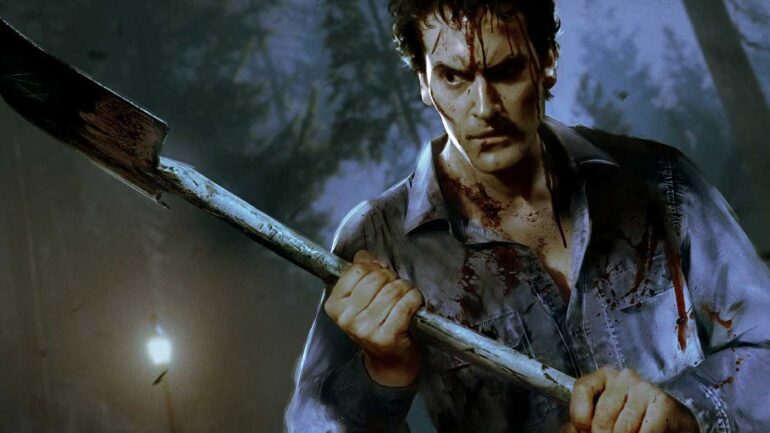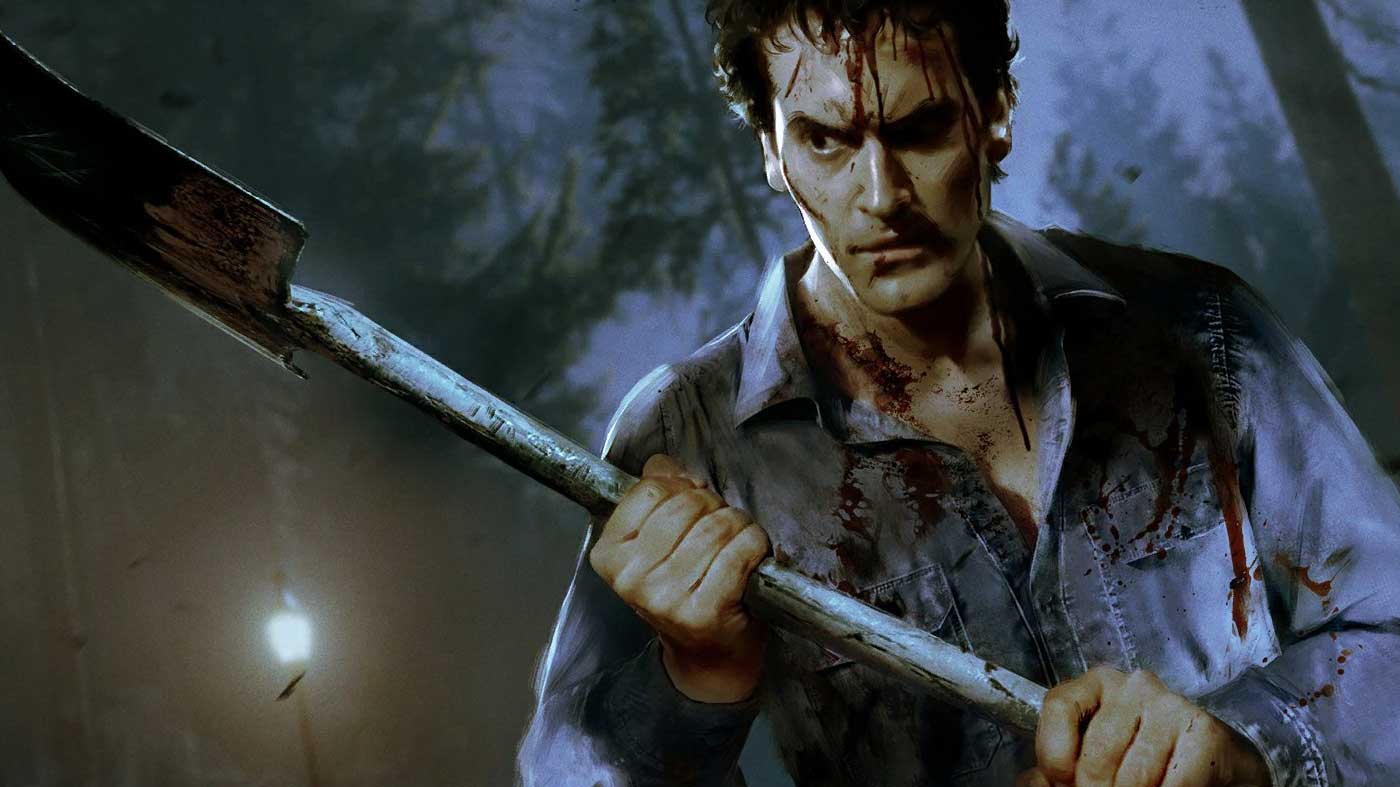So many horror franchises are being adapted into the asymmetrical, four versus one multiplayer format. It makes sense – so many of those games often have groups of people running from a more powerful but solitary killer. Dead By Daylight is especially impressive for the licenses it manages to bring into its world, but none of these experiences has ever had the production value or competent gameplay to back it up. Evil Dead: The Game bucks this trend. Not only does it play remarkably better than its contemporaries, it is without a doubt the most fun I’ve had with a horror adaptation in a long, long time.
THE CHEAPEST COPY: $59 ON AMAZON WITH FREE SHIPPING
Evil Dead: The Game doesn’t so much as tell a story as it celebrates one. A multiplayer game at its core, it brings together the best of the revered franchise. It fittingly adapts it to the ubiquitous asymmetric multiplayer experience that so many horror films seem to be co-opted for. Evil Dead feels quite appropriate for this setup – the franchise has previously been adapted into a Resident Evil-like horror experience and Dead Rising-like action adventure to average reception. For now, I’m confident in saying that this is the best adaptation of Evil Dead so far.
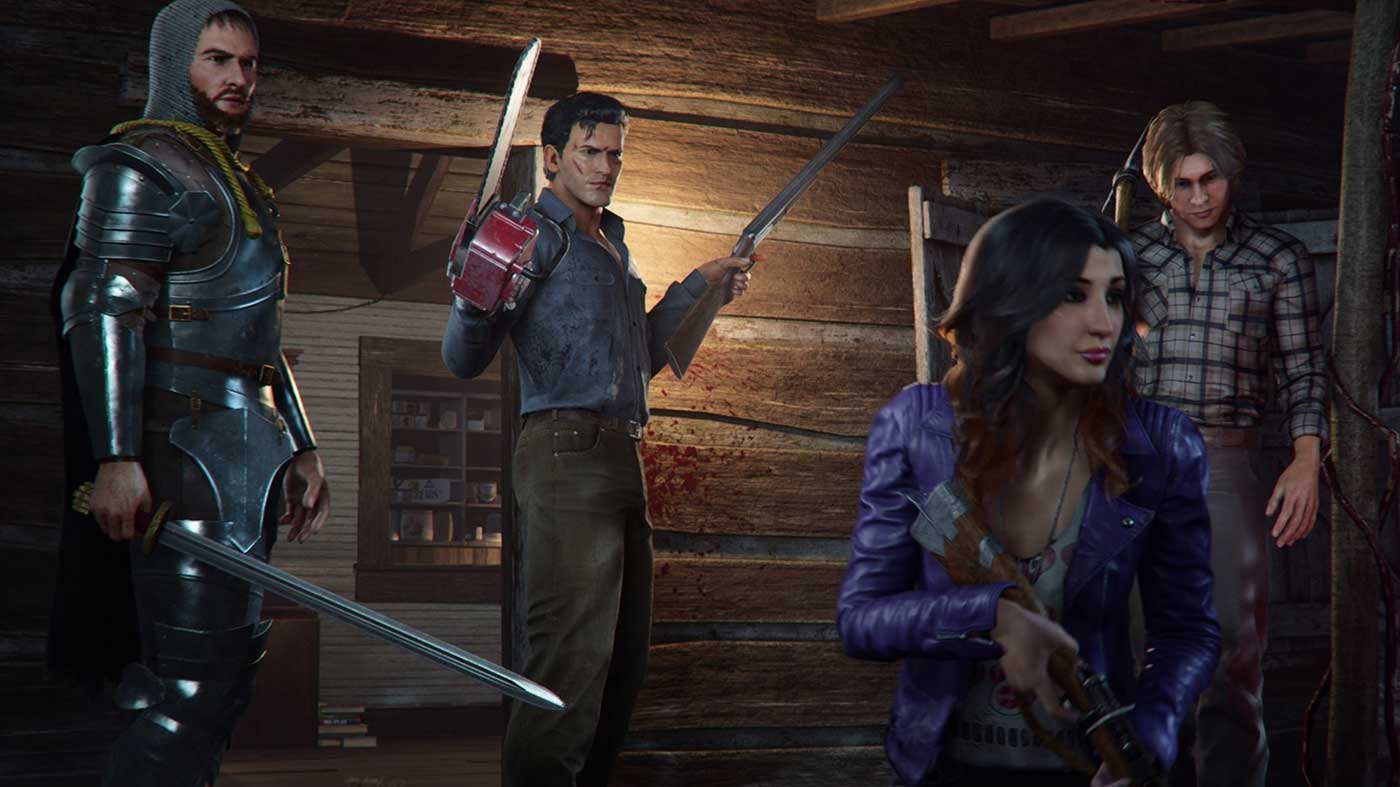
The premise for Evil Dead: The Game is simple. Four human survivors must rally together to defeat the Kandarian Demon. This unseen force can possess and manifest beings called “deadites,” which are creatures pulled from the franchise’s history. It’s a simple premise, though it feels more like an action-adventure style of game rather than the hide-and-seek style seen in games like Dead By Daylight, Friday The 13th and presumably the upcoming Texas Chainsaw Massacre. The twist here is that players can step into the role of the survivors or the demon, though you can play against an AI demon if you so wish to.
While it’s only been a week since launch, there is clear debate on which side of the battle is easier. My first instinct was that it was much harder for the survivors to be victorious, but playing the amount that I have for the past week, it’s been clear that a good team of well-coordinated survivors can easily beat the demon. Perhaps that’s what sets Evil Dead apart from its asymmetrical contemporaries – the fact that good teamwork is almost essential to survive. You’ll rarely be able to “wing it” by going solo.
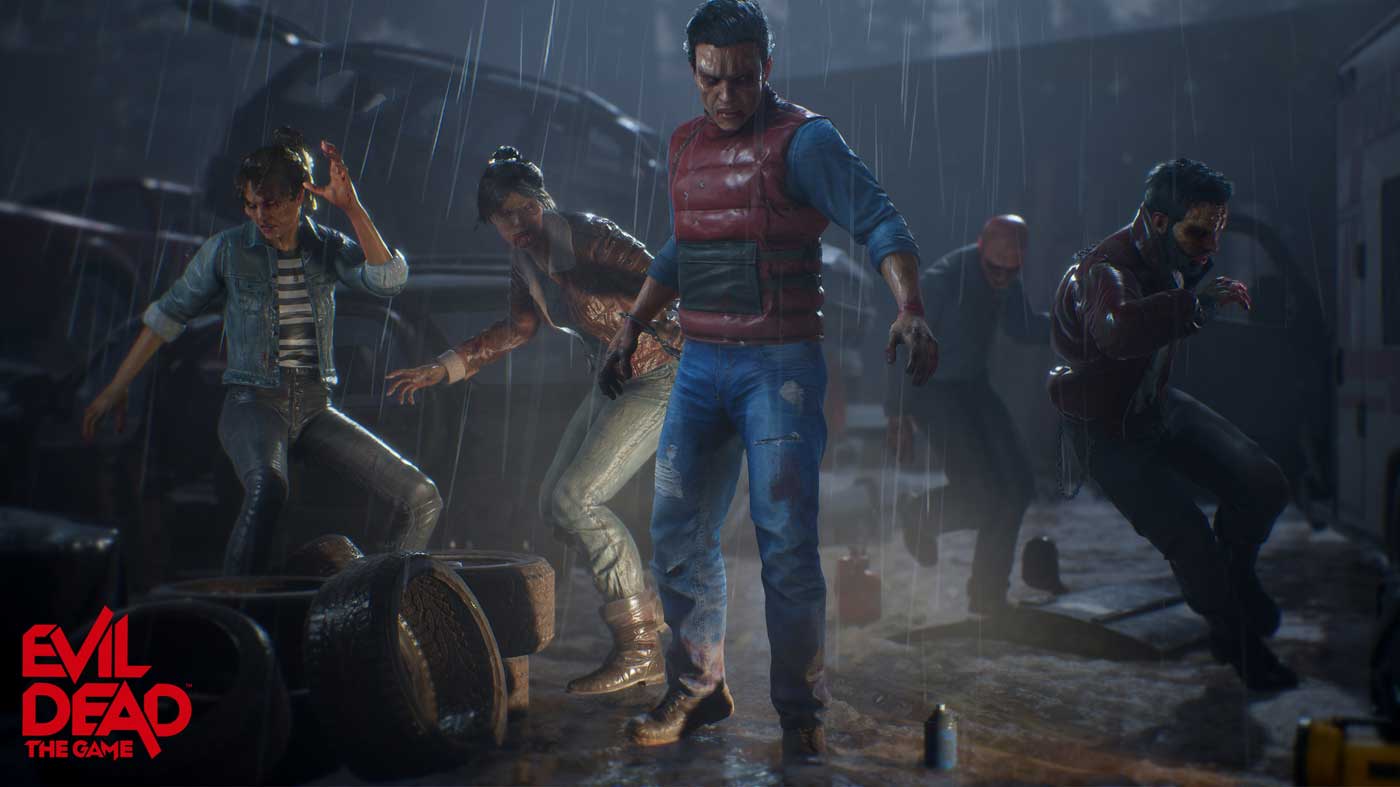
Regardless, the survivors have a bit more to do than the demon. In each match, your team will have to explore a (rather large) area to find three pieces of a map. They’ll have to defend two points against waves of enemies for a certain amount of time before heading to an area to vanquish a demon and then protect another point. It’s a simple set of objectives that could get old quickly, but playing with different groups highlighted how dynamic the game could be. This fed into a set of new challenges to face every time I would play.
The survivors themselves are all uniquely tailored – each of them has a unique ability and unique stats that affect how they play. Your character’s stats can be boosted temporarily, like a MOBA, and are wiped at the end of the match. The other, more expansive skill tree gives you the ability to increase more permanent traits about your character. The latter can’t be completely filled but can be changed at any time, so you’ll have to really dedicate your points to a specific build of your character rather than just work towards maxing everything out entirely. I like this approach – it means that even though everyone might get to a max level with a specific character, their specific builds on the skill trees might ensure the player pool doesn’t all play the same.
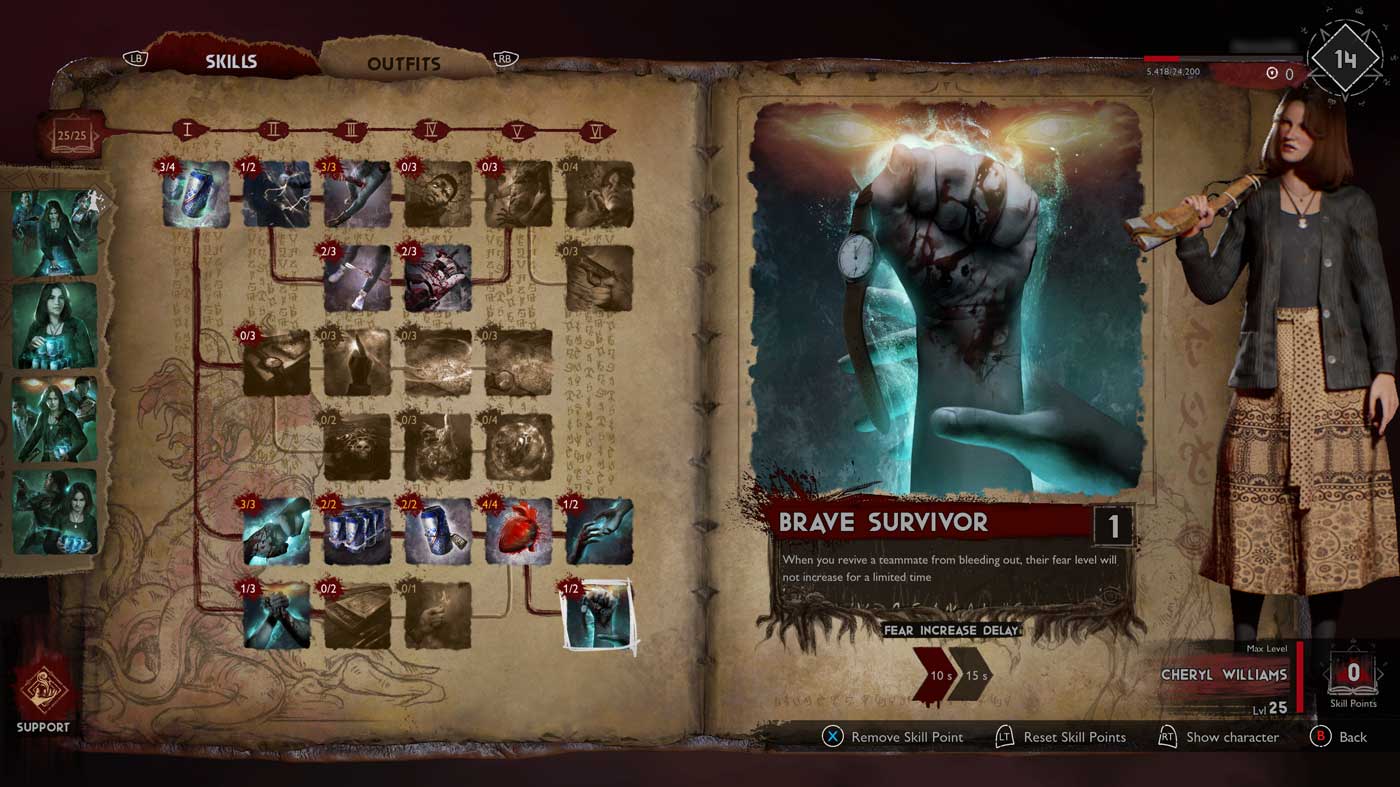
Obviously, the demon plays solo but can summon a wealth of AI-controlled creatures to assist them. Each of them plays differently, too, but the demon’s gameplay emphasizes attempting to separate and pick off the survivors. The demon can do this by setting traps for the survivors and possessing certain inanimate objects to instill fear in the survivors. Raise their fear enough, and you’ll be able to possess the survivors themselves to either create in-fighting amongst the team or just waste precious resources. It’s well and truly griefing, but it’s so fun to mess around with players that it cleanses me of any guilt I feel.
Games like these will live and die on how they’re supported in the future, though, and that’s where it becomes difficult to predict Evil Dead’s longevity. At the moment, there are only really two maps with the same sets of objectives. Although there is great effort to make them feel different with weather effects and time of day, it feels a little light. Upcoming updates promise to bring at least one new map to the fold, and there’s potential to introduce content from the 2013 soft reboot. It’s much too early to make a call, but if the content keeps coming and things continue to be balanced, Evil Dead could have longer legs than any of the asymmetric multiplayer games.
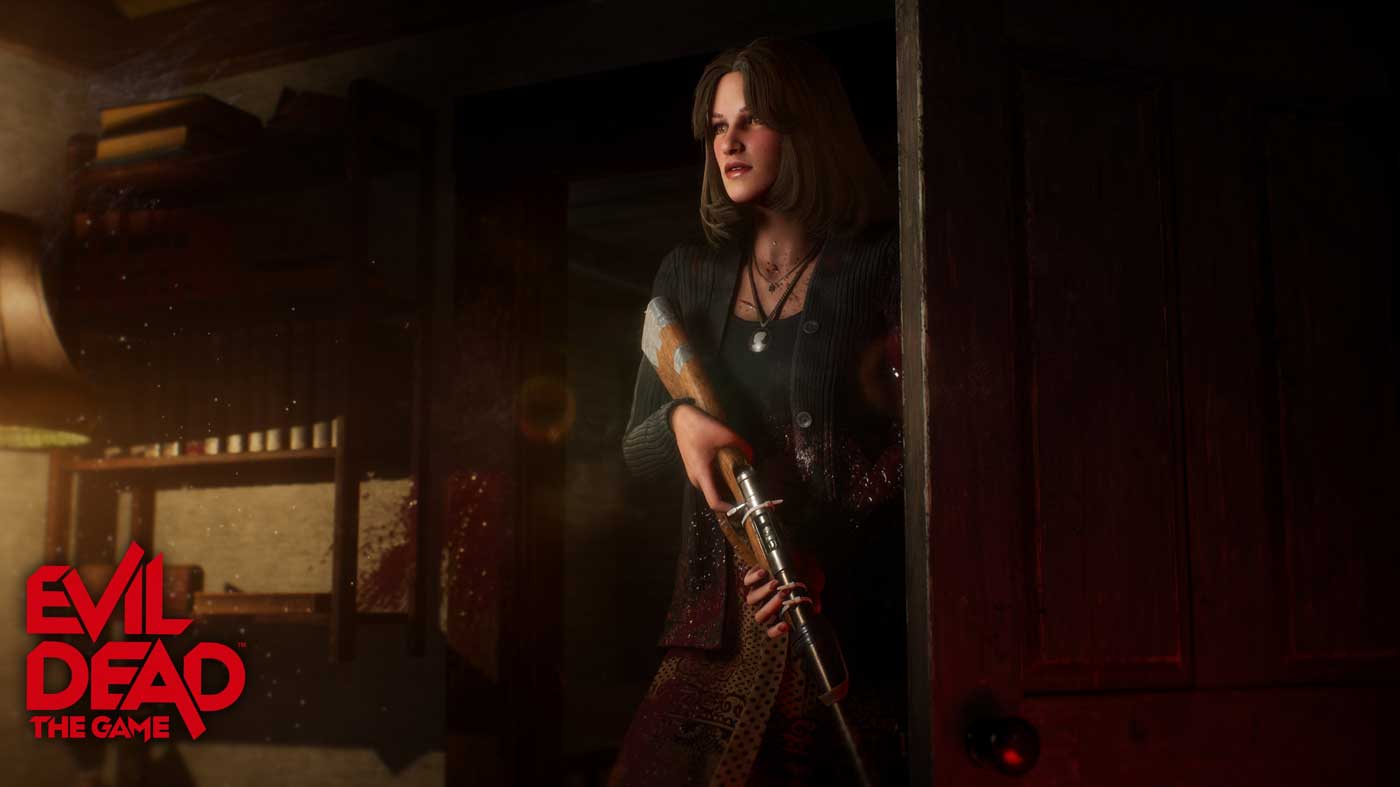
I say this because there is one thing that’s absolutely obvious about Evil Dead: The Game, and that’s the fact it feels very well put together. Combat is responsive and fast whether you’re fighting with a gun or a melee weapon. There’s an Alan Wake-esque dodge, which is remarkably powerful if you learn to use it properly. So even under insurmountable odds, it’s possible to escape dicey situations. There’s no doubt that this game flows and plays better than, say, Dead by Daylight or Friday The 13th, so the foundation is well and truly there to overtake those games with enough future support. It’s just whether Saber will capitalise on that is to be seen.
There are also some single-player missions and options to play against the AI for those who don’t want to play against other people. Though they’re reasonably short, the missions offer up vignettes inspired by the films and recent television series. There’s also little to no production values here – expect to see some text with some (admittedly very nice) artwork to push the story along while you run between objectives and fight waves of enemies. To put it bluntly, even if you’re a fan of the franchise, these missions are well and truly not worth picking the game up for.
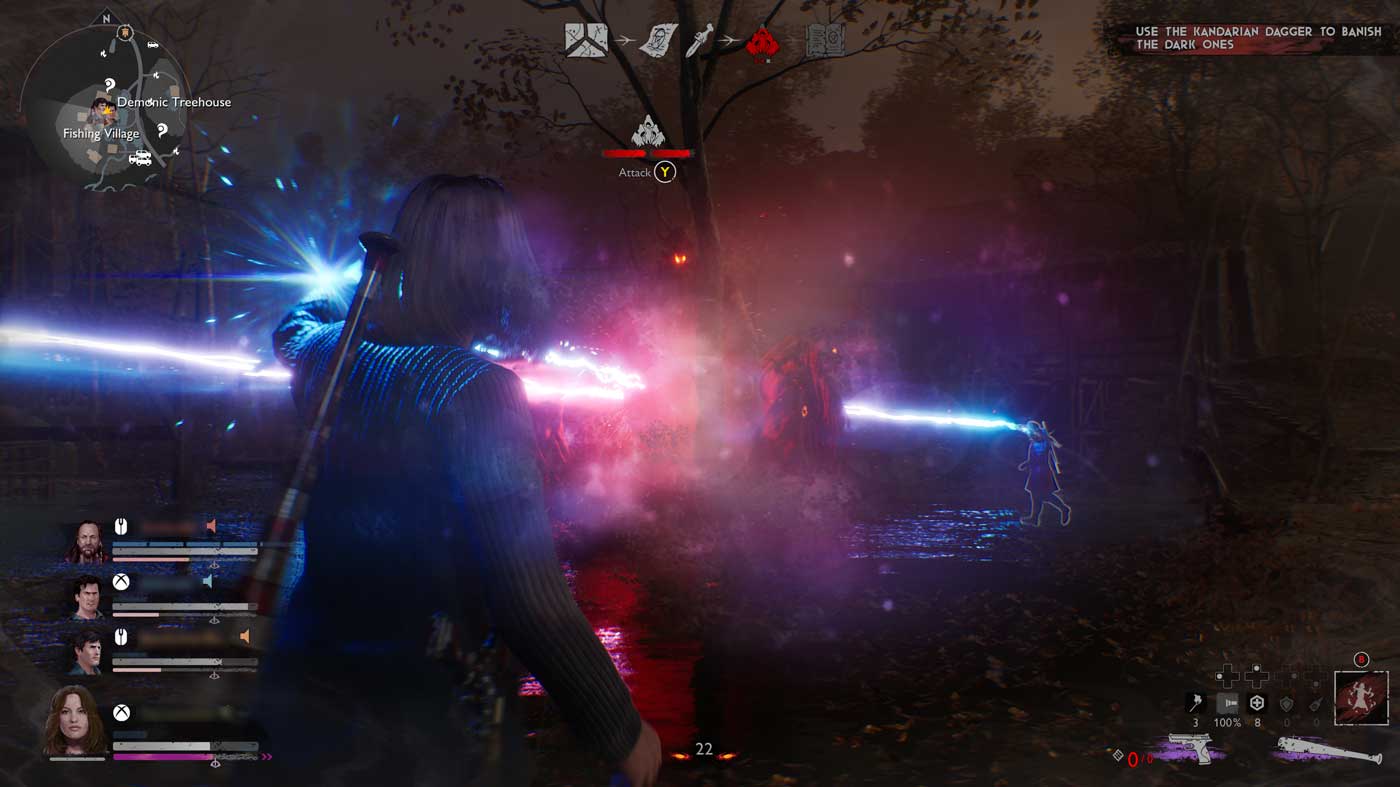
Overall, Evil Dead: The Game offers up a rock-solid foundation upon which I hope the developers will continue to build. While I’m getting close to spending thirty hours with it, I’m still having a lot of fun and do not want to stop anytime soon. Some little niggles that will no doubt be fixed, such as certain button prompts not working immediately, are outshone by what is an otherwise robust and cross-play enabled netcode.
THE XBOX SERIES X VERSION WAS PLAYED FOR THE PURPOSE OF THIS REVIEW. A DIGITAL COPY OF THE GAME WAS PROVIDED BY THE PUBLISHER.


